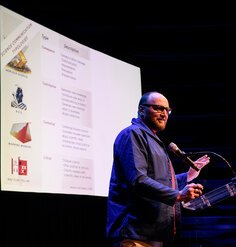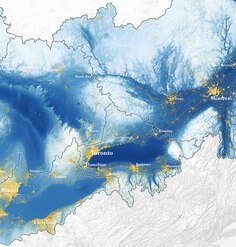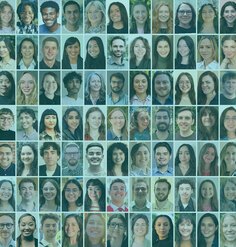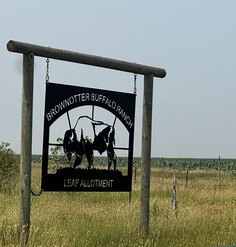LAF Fellow Amy Whitesides is Championing an Agroforestry Movement
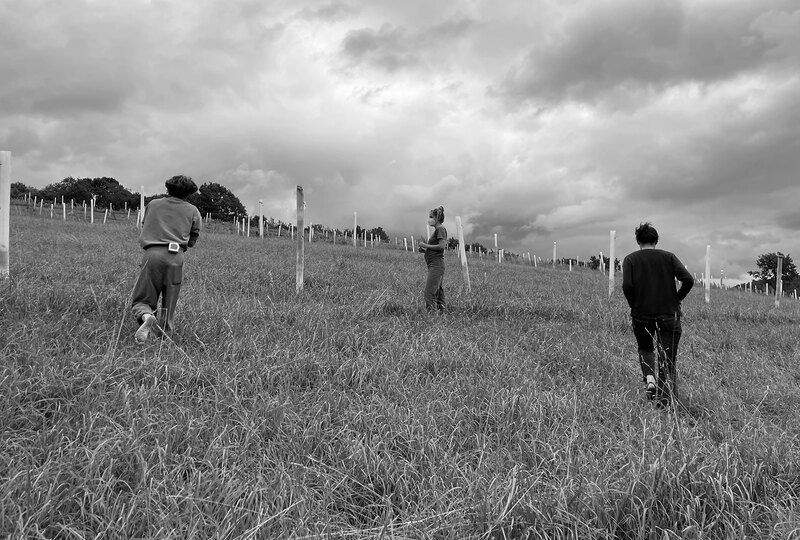
Amy Whitesides’ long-standing curiosity about food and food systems crystallized during her undergraduate years as an environmental studies major. Through coursework and hands-on agricultural experience at the campus Center for Agroecology, she began to understand the critical intersections between food production, land use, and sustainability. At the same time, she developed a growing interest in climate change — particularly the ways communities can mitigate its effects and adapt to new environmental realities.
This dual passion for agriculture and climate shaped her trajectory as a landscape architect. At Stoss Landscape Urbanism, Amy focused primarily on urban resilience, working on large-scale projects through the lens of climate mitigation and adaptation. Yet over time, she found herself drawn back to the agricultural systems that first sparked her interest. Through the LAF Fellowship for Innovation and Leadership, she took the opportunity to look more closely at the intersection of global food systems and climate change, asking: What role can landscape architects play in shaping the interface between agriculture and ecology?
Through her research and exploration, Amy dove deeply into the field of agroforestry — an approach to land management that integrates trees into agricultural systems. She was struck by the sheer scale of its potential. Forests and fields make up the vast majority of land use in the United States, and often, these systems are not separate but share borders, resources, and ecological processes. Amy saw an opportunity: if agroforestry could be elevated from a niche practice to a widely embraced land use strategy, it could help address environmental and agricultural challenges in tandem with food access needs.
Her 2024-25 LAF Fellowship project, Toward a National Agroforest, began with a bold question: What would it take to make agroforestry a "thing that we do" — as culturally resonant and nationally recognized as our system of national parks? With this vision in mind, she began mapping out a framework for what a widespread agroforestry movement might look like, exploring both the ecological dimensions and the cultural narratives that would need to shift for such a transformation to take root.
As part of her project, Amy investigated policy frameworks, land management models, and existing agroforestry initiatives across the country. She also reflected on how landscape architects could become more active participants in this work, not just as designers but as facilitators of cross-sector collaboration between farmers, foresters, policymakers, and communities.
The fellowship’s leadership development work reinforced Amy’s belief that leadership isn’t just about influence or visibility; it’s about aligning one’s work with a deeper purpose and cultivating the courage and community with which one can advocate for long-term, systems-level change.
In June at the 2025 LAF Innovation + Leadership Symposium, Amy shared the initial outcomes of her project and invited others to imagine a future where agroforestry becomes a central component of our national land use ethos. Her work offers a powerful example of how landscape architects can lead conversations that connect climate resilience, food security, and cultural identity, redefining how we care for land and people at the same time.
You can watch Amy's presentation from the 2025 LAF Innovation + Leadership Symposium here.
